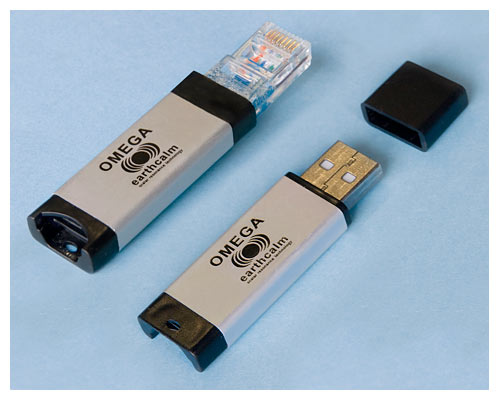A few weeks ago, I met up with a friend I hadn’t seen in a year or so. We both knew cypherpunk (unlisted) co-founder Hugh Daniel who recently passed away, very well. She said that she now really wanted to introduce me to her little kids, because since Hugh passed away, I was now the most principled person she knew. That statement actually hit home pretty hard. If I’m the most principled person left, then we are all pretty much doomed.
Unlike me, Hugh was infuriatingly principled on all subject matters. I often told him (and John Gilmore) that fighting all fights at once, only ends up with you losing all fights. Pick one or two, and focus on those. Not Hugh (or John). Every single fucking bug he had to take the time to report upstream. Usually in email to software authors that was not in the least way filled with kindness about the author’s code quality. Everyone, everywhere were “Linux Children” (the reason why all my VM disk images live in a directory /vol/children). Kids these days did not understand the unix philosophy (or libertarian principles). Every single time I wanted to talk to Hugh, half the time would be lost in setting up, fixing, re-configuring IPsec between our networks, so we could talk IPsec encrypted SIP. But then we would have good conversations. I would poke fun of his absolute gun freedom lunacy, he would poke fun at my european communist subduing health care package.
And he was easily distracted by bugs. In my friends circle, when someone gets distracted from their time critical overdue work, we say such a person is “re-compiling KDE” because that’s what Hugh actually did – repeatedly! He would find some kind of bug in KDE, flame about and in fact recompile the entire KDE suite to see if it was fixed. He in fact did this for years, on laptops that were a couple of generations outdated. Breaking things is what Hugh did best. The problem was there were always bugs worth reporting, delaying the actual work we wanted him to do. Real crypto work! The important stuff!
Every single time Hugh sent me an email, I had to live through the pain of opensource crappy pgp software to read it. Every time I sent someone his way, Hugh would whine about needing to send an “e-postcard” because he did not have the crypto key of that new person. He would complain that finger did not work to obtain a public GPG key. Hugh’s death has single-handed reduced the amount of PGP encrypted email sent over the internet by at least 50%. We all should be pretty ashamed by that and we owe it to him to work on improving that percentage.
But I did end up getting him to compromise on rare occasions. As a KDE user and Gnome-hater, he did run pidgin because it was the only software at the time that could use Off-The-Record – although we both agreed pidgin is a terrible terrible piece of junk.
So getting back to the title of this post,
Hugh was a royal pain the ass to communicate with. Unlike Hugh, I do not believe that insisting on encrypting all communications should come at the expense of actually being able to communicate at all. So while I will continue to work on making OTR and GPG (and IPsec) easier to use, I won’t become another Hugh Daniel. However, I do believe that OTR has gotten to the point where it can be used by anyone without technical skills. Just install the right Linux, Windows or OSX client to use, and it just works. There are even Android and IPhone IM clients with OTR support now. If you are not using them, you are just plain lazy. It has nothing to do with your skill level.
So, in light of our lovely “Five Eyes Axis of Alliance” as well as in remembrance of Hugh Daniel (see below) I will change my IM client’s OTR setting to “require private messaging”. The only exceptions I will make to temporarily disable that encryption in the future, is to teach the other end on how to install and use OTR. If you cannot be bothered to invest 5 minutes of your time to increase our mutual privacy in light of the exposure of the collective world’s governments information tapping hunger, perhaps we should no longer be talking.
So there you go Hugh Daniel, I’ll pick up one of your fights. As of June 23rd, 2013, 4pm PDT (the start of Hugh’s memorial service on the beach at Pacifica), I will no longer accept unencrypted instant message communication.
And our next goal can be to do the same with SMS within the year, and email in two years from now.


